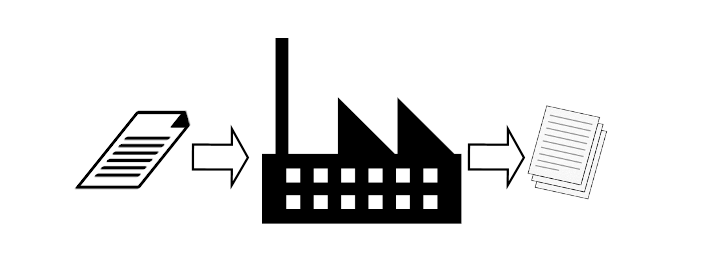A generic factory is a factory that can register any class type. It is very easy to write because we are allowed to use void pointers.
1 2 3 4 5 6 7 8 9 10 11 12 13 14 15 16 17 18 19 20 21 22 23 |
#include <functional> class Factory { public: Factory() {} ~Factory() {} void Register(const std::string _key, const std::function<void *()> _creator) { m_creators[_key] = _creator; } template<typename ClassType> ClassType* Get(const std::string _key) const { return static_cast<ClassType *>(m_creators.at(_key)()); } private: std::map<std::string, std::function<void *()> > m_creators; }; |
Usage:
|
|
int main() { Factory f; f.Register("Derived1", &BaseClass<Derived1>::CreateInterface); f.Register("Derived2", &BaseClass<Derived2>::CreateInterface); Derived1 *d1 = f.Get<Derived1>("Derived1"); Derived2 *d2 = f.Get<Derived2>("Derived2"); Derived1 *d2 = f.Get<Derived1>("Derived2"); // This also compiles!!! } |
As we are...










